A sales funnel converts prospects into buyers. This article explains why sale funnels are vital and how to create one.
Key Takeaways
A sales funnel visually represents the customer journey, guiding leads from initial contact to purchase while addressing customer needs and preferences effectively.
Optimizing sales funnels is essential for business success, as they improve revenue generation, enhance customer retention, and reveal insights into customer behavior.
Implementing strategies like segmentation, personalization, and continuous optimization, alongside effective content marketing, can significantly enhance the effectiveness of sales funnels.
Understanding Sale Funnels
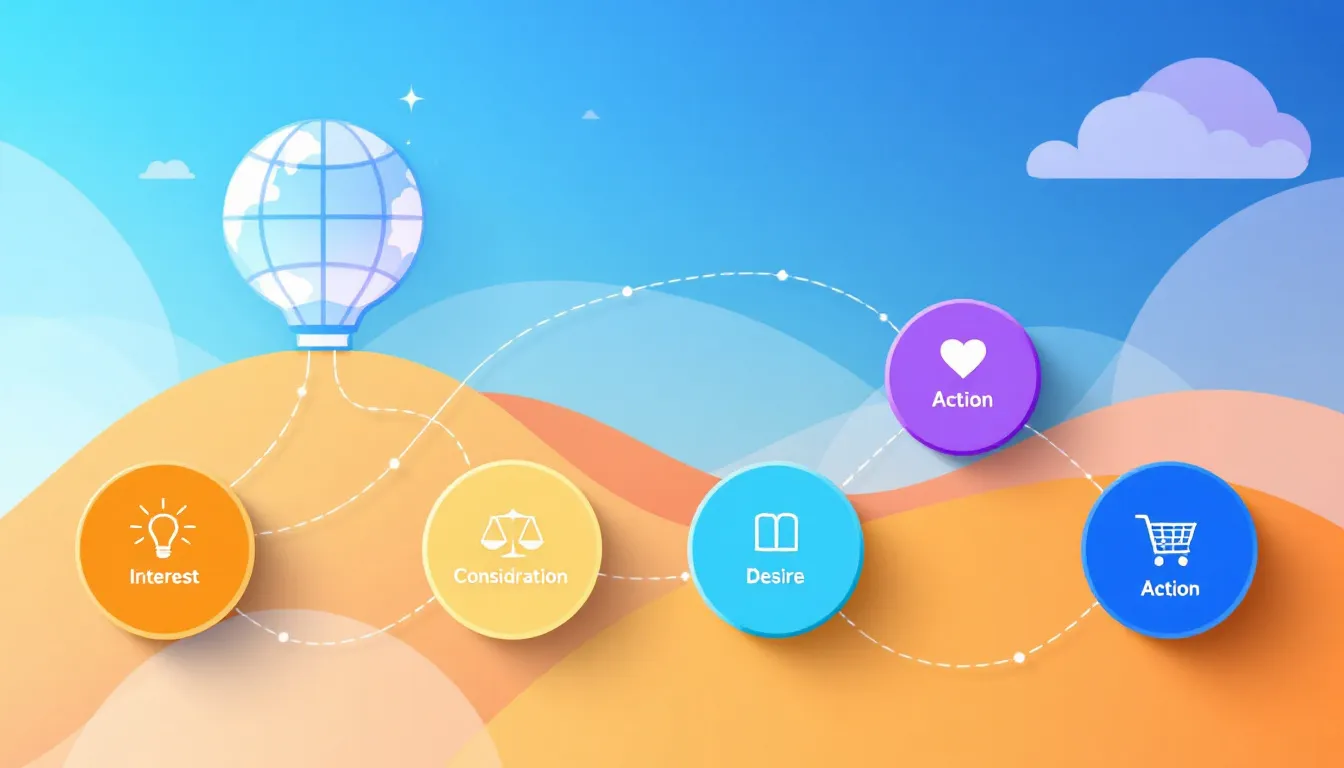
A sales funnel is a powerful tool that visually represents the journey from initial contact to a completed purchase. Its primary purpose is to transform potential customers into paying customers by guiding them through a series of stages in the sales funnel process. Understanding the customer’s journey and defining these stages helps businesses improve their sales process, identify operational leaks, and enhance overall sales performance using a sales funnel template and a sales pipeline.
A well-defined sales funnel can indicate a company’s financial status, revenue opportunities, and control over sales results. While the sales landscape is evolving, a structured approach to sales funnels remains essential for business success.
What is a sale funnel?
A sales funnel model is a visual representation of the customer’s journey from the first interaction with a company to the final purchase. It operates by narrowing a large number of leads down to a smaller group of paying customers, delivering the right message at the right time to enhance the likelihood of conversion. Goals within a marketing funnel help determine the desired outcomes from each stage and measure the effectiveness of the process.
Increased customer control over the sales process and extensive upfront research represent a shift in the modern sales funnel. Today’s sales funnels must address customer questions early and efficiently, often before a sales rep is even involved.
Critical components for a successful sales funnel include specific goals, a defined target audience, and compelling marketing content. An effective sales funnel reduces friction and guides the customer smoothly through their purchasing journey.
Key stages of a sale funnel
The sales funnel comprises several key sales funnel stages, each crucial for guiding potential customers through their customer’s journey. The first stage is awareness, where potential customers interact with the company for the first time, identifying challenges and seeking solutions. This stage is about capturing attention and making a strong first impression.
Next is the interest stage, where a prospective customer researches and compares products, often forming relationships and seeking solutions to their problems. Engagement is critical here; providing valuable information and building trust can significantly impact prospective customers’ decision-making process.
Finally, during the decision stage, leads require clear information and reassurance to aid their purchasing decision. This stage focuses on removing any barriers to making a purchase and often involves detailed product information, testimonials, and case studies.
Post-purchase, existing customers receive email campaigns to further engage and nurture them, ensuring long-term loyalty.
Difference between marketing funnels and sale funnels
While marketing funnels and sales funnels are often used interchangeably, they serve distinct purposes. Marketing funnels focus on attracting potential customers and generating leads, primarily building awareness and interest in the product or service. They are the initial stages where marketing efforts are concentrated to capture a broad audience.
On the other hand, sales funnels take over once the audience members become qualified leads. The sales funnel’s primary focus is on converting these leads into paying customers, guiding them through the decision-making process, and ensuring a smooth transition from interest to purchase. Understanding this distinction helps in aligning marketing and sales efforts more effectively.
Why Sale Funnels Are Crucial for Business Success
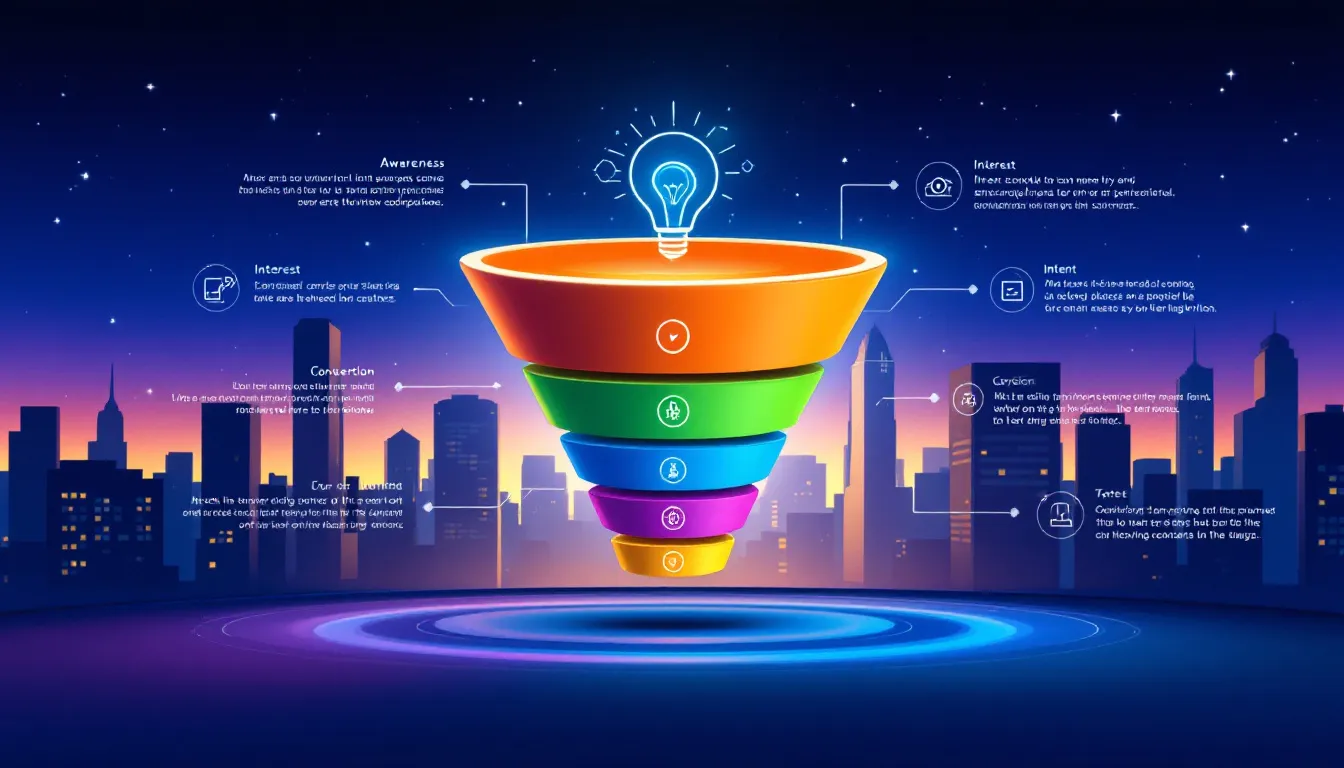
Sales funnels are essential for business success as they guide potential customers through their buying journey, converting leads into paying customers. An optimized sales funnel important enhances organizational health, boosts revenue, and improves the overall customer journey. You can start with a free sales funnel template to streamline your process.
Regular updates and refinements to the sales funnel are necessary to adapt to market shifts and consumer preferences.
Insights into customer behavior
Sales funnels visually illustrate the entire journey a potential customer takes, from discovering a product to making a purchase. Analyzing the customer’s journey and behavior at different funnel stages helps businesses tailor their approaches to meet specific needs. Understanding customer needs through feedback is crucial for optimizing the sales process and addressing potential roadblocks.
For B2B consumers, purchasing decisions are typically based on business needs and potential return on investment, leading to longer sales cycles that require tailored marketing strategies. Insights from sales funnels can inform which marketing channels and activities to utilize better to reach potential customers.
Improving sales and retention
Effective sales funnel management is key to retaining customers and maximizing their lifetime value. Customer satisfaction drives referrals and repeat sales, fostering long-term relationships. Maintaining strong customer relationships after a purchase encourages loyalty and can lead to significant financial milestones, as seen with Eileen Wilder’s use of ClickFunnels.
Automation tools can enhance efficiencies, allowing sales teams to focus on high-value activities instead of administrative tasks. For example, Josh Brown’s agency successfully integrated sales funnels that streamlined customer interactions, leading to increased bookings and improved client satisfaction.
Real-World Examples of Effective Sale Funnels
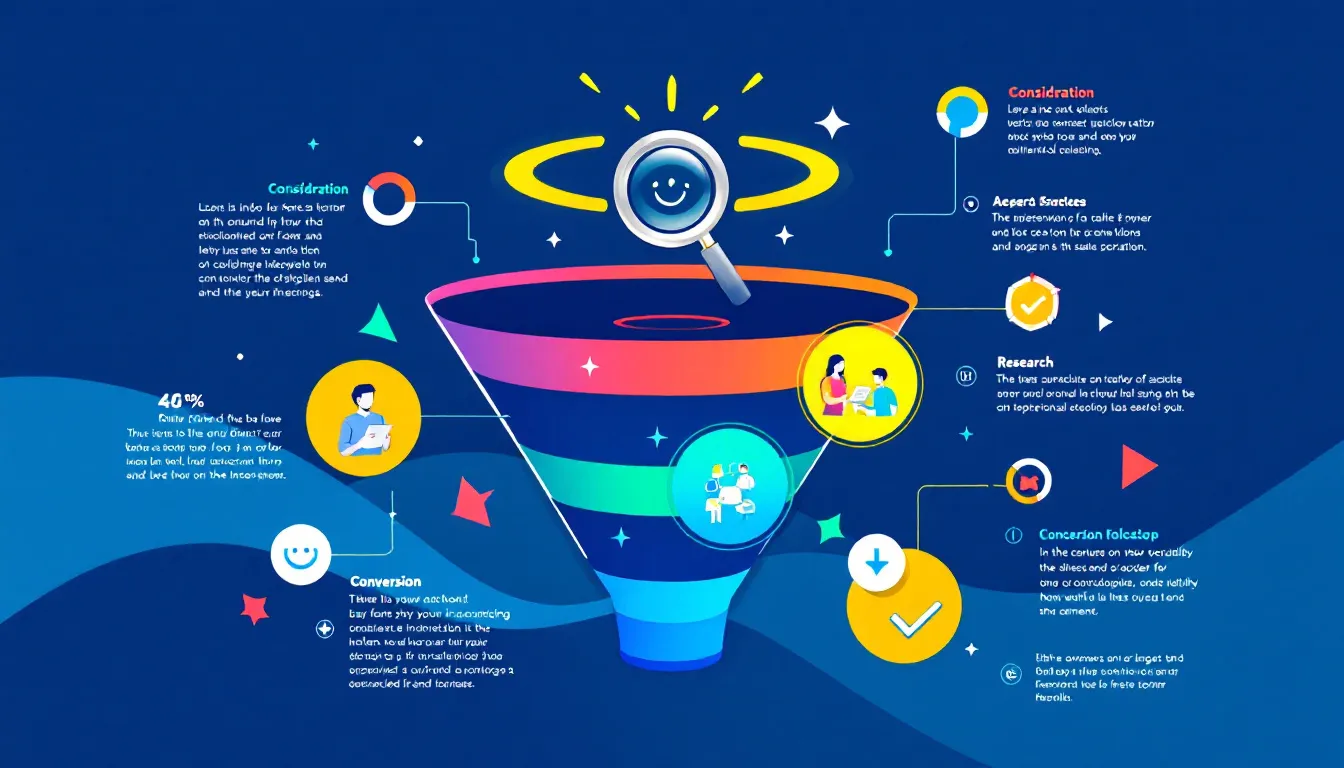
Examining successful sales funnels from various industries provides valuable insights into effective customer engagement and conversion strategies. Businesses across sectors can implement similar strategies to enhance their sales funnels, encouraging greater customer interaction and exploration.
Trent Shelton’s business growth
Trent Shelton utilized a sales funnel to significantly scale his business, achieving a growth factor between 20 to 30 times. Effectively highlighting his personal branding allowed Trent to transform his business exponentially, showcasing the power of a well-implemented sales funnel.
Pace Morby’s community building
Using sales funnels allowed Pace Morby to cultivate a community of over 20,000 members. He successfully created a thriving real estate investor community by leveraging sales funnels to educate and engage his audience, demonstrating the potential of these tools in building large, engaged communities.
Eileen Wilder’s financial success
Eileen Wilder’s use of ClickFunnels led to significant revenue generation. Automating her sales processes and continuously optimizing her funnels enabled Eileen to reach a broader audience and achieve her financial goals.
Her success story serves as a case study for aspiring entrepreneurs looking to leverage sales funnels for financial success.
Building Your Own Sales Funnel
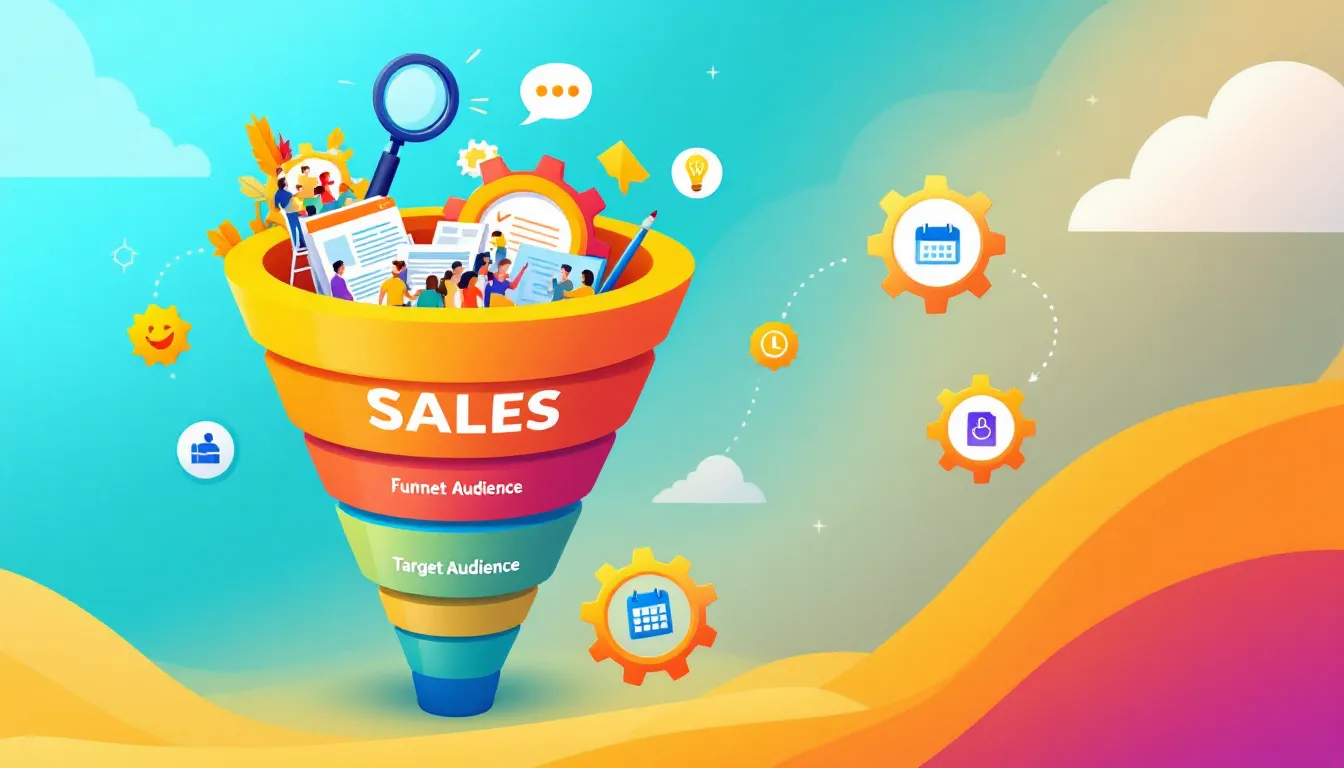
Building your own sales funnel involves understanding customer behaviors and needs at each funnel stage. A sales funnel should be specifically designed to cater to the unique aspects of your business and be tweaked to adapt to changes in the market and offerings.
Ted Harty’s initial sales funnel was pivotal in quickly generating substantial income, demonstrating the effectiveness of a well-planned approach.
Identifying your target audience
Creating buyer personas involves compiling details like job titles, challenges, goals, and preferred communication channels. Detailed buyer personas can support targeted marketing strategies that cater to specific customer needs. Identifying unique pain points and needs of customers is crucial for effective funnel creation.
Analyzing customer data, pain points, and buying behaviors helps in building an effective sales funnel. Customer preferences and behaviors can be gathered effectively through surveys and direct communication. Sales reps play a vital role in understanding these customer needs and guiding them through the sales process. Segmenting customers based on attitudes and behaviors enhances targeting effectiveness within the sales funnel.
Defining Your Ideal Customer Profile
Defining your ideal customer profile (ICP) is crucial for tailoring your sales funnel to engage with your target audience effectively. An ICP is a detailed description of your most valuable customers, including their demographics, firmographics, and psychographics.
Start by analyzing your current customer base to identify common traits among your best clients. Look at demographic information, purchase behavior, and customer lifecycle stages to understand who your most valuable customers are. This analysis will help you pinpoint the key characteristics that define your ideal customers, such as age, gender, location, interests, and buying behaviors.
Conducting market research is another essential step. Gather insights through industry reports, competitor analysis, and trend studies to understand the broader market landscape. This research will provide valuable context and help you refine your ICP.
Collecting customer feedback is also vital. Use surveys, interviews, and feedback forms to gain direct insights from your audience. This feedback will help you understand their needs, preferences, and pain points, allowing you to tailor your sales funnel more effectively.
Once you have gathered all this information, create detailed buyer personas that represent your ideal customers. These personas should include specific information such as job titles, challenges, goals, and preferred communication channels. Buyer personas are a powerful tool for aligning your marketing and sales efforts with the needs of your target audience.
Finally, use data and analytics to continuously monitor and update your ideal customer profile. Tools like Google Analytics, CRM systems, and Sales Analytics can provide valuable insights into customer behavior and preferences. Regularly updating your ICP ensures that your sales funnel remains relevant and effective in engaging your target audience.
Crafting compelling offers
Creating urgency through time-limited offers can incentivize customers to make quicker purchasing decisions. Kristine Mirelle transformed her passion for music into a lucrative coaching business by leveraging humorous advertising and effective sales funnels.
Compelling offers should address the specific needs and pain points of potential customers, providing them with clear benefits and incentives to act. This can include discounts, exclusive content, or limited-time deals that create a sense of urgency and drive conversions.
Optimizing landing pages
Utilizing striking visuals and a luxurious, exclusive feel can significantly enhance user engagement on landing pages. Effective visual strategies contribute to user retention and can make a lasting impression on potential customers.
Incorporating testimonials on landing pages can increase trust and potentially boost conversion rates. Showing real customer success stories and positive feedback can reassure potential buyers and encourage them to proceed with their purchase.
Key Metrics for Measuring Sale Funnel Effectiveness
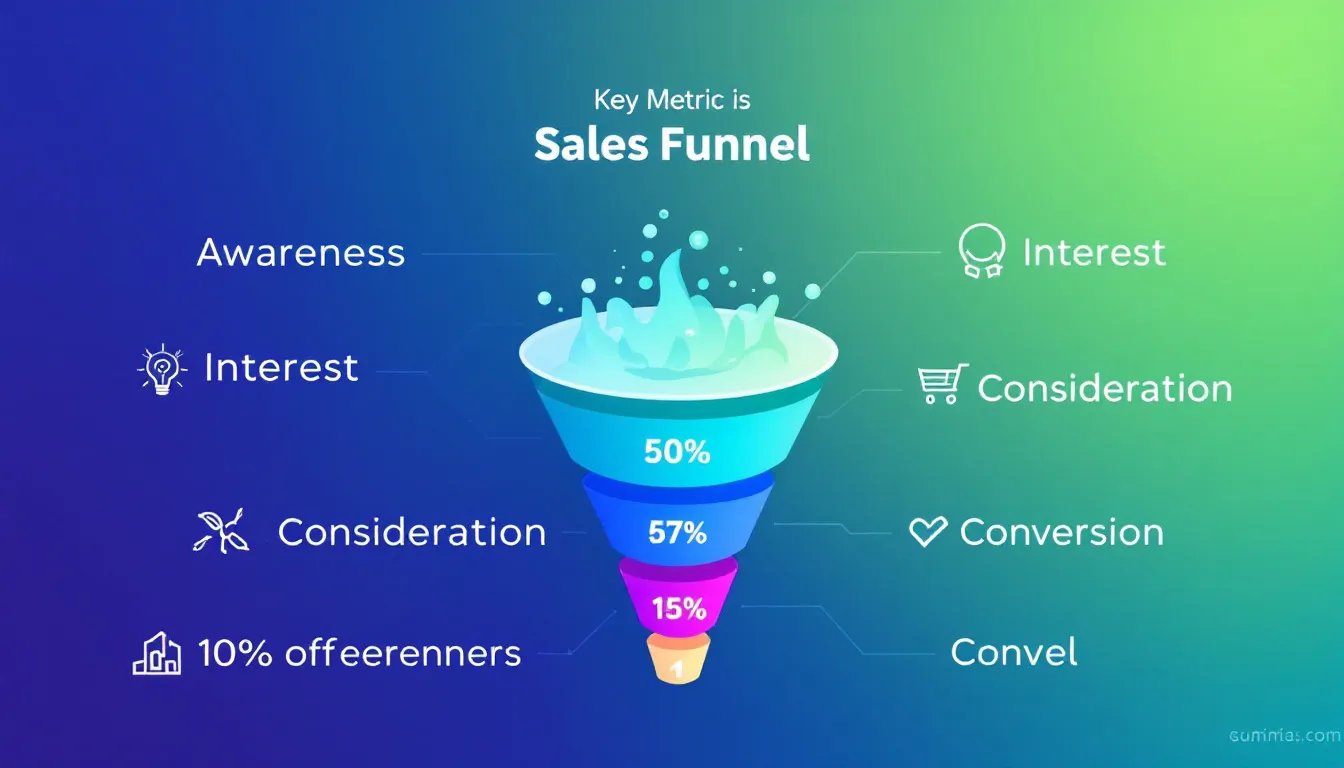
Key metrics for measuring sales funnel effectiveness include conversion rate, lead-to-customer ratio, and customer acquisition cost (CAC). Monitoring these metrics is crucial for understanding sales funnel efficiency and making data-driven decisions to enhance performance.
Conversion rate
Tracking the conversion rate helps businesses evaluate how effectively leads are being turned into sales. Tools like Google Analytics can track metrics such as conversion and click-through rates, providing valuable insights into sales funnel performance.
Businesses should consult industry benchmarks when establishing their goals. This is especially important for determining the length of the sales cycle. The average ecommerce conversion rate typically ranges from 2.5% to 3%. Analyzing the characteristics of leads that have been disqualified can help address inefficiencies in the sales funnel.
Lead-to-customer ratio
The lead-to-customer ratio measures the efficiency of converting leads into customers. This ratio serves as a benchmark for assessing the effectiveness of sales strategies, helping businesses identify areas where their approach might need adjustments.
Understanding this ratio allows companies to refine their sales tactics, improve lead quality, and ultimately increase their overall conversion rates.
Customer acquisition cost (CAC)
Customer Acquisition Cost (CAC) represents the total cost of acquiring a new customer and is a critical metric for evaluating the effectiveness of marketing strategies. CAC is calculated by dividing the total costs associated with acquiring new customers, such as marketing expenses and sales team salaries, by the number of customers acquired in a specific period. Understanding and tracking CAC is essential for businesses as it directly impacts profitability and growth.
Minimizing CAC involves optimizing marketing strategies, increasing conversion rates, and enhancing customer retention efforts. Focusing on these areas helps businesses reduce their CAC, improve their return on investment, and achieve more sustainable growth.
Advanced Strategies for Scaling Your Sales Funnel
Scaling your sales funnel is essential for managing increased traffic and converting more leads into customers. Advanced strategies such as segmentation, personalization, automation tools, and continuous optimization can significantly enhance the effectiveness of your sales funnel.
Implementing these strategies enables businesses to handle larger volumes of traffic and inquiries efficiently.
Segmentation and personalization
Segmentation allows for customized messaging by dividing your audience into distinct groups. Effective segmentation enables marketers to create tailored strategies that resonate with specific audience groups, enhancing engagement. Personalization, derived from solid segmentation practices, significantly boosts conversion rates by addressing individual customer needs.
Josh Brown’s tourism agency utilized targeted marketing and personalized customer outreach, enhancing their sales funnel’s effectiveness and increasing bookings. By understanding the unique characteristics and preferences of different customer segments, businesses can deliver more relevant and compelling messages that drive higher engagement and conversions.
Automation tools
Automation tools play a crucial role in streamlining sales processes by automating communication and follow-ups. These tools can automatically send personalized messages when leads meet specific criteria, enhancing engagement.
Josh Brown effectively utilized sales funnels to streamline bookings and enhance customer engagement, leading to significant growth in his tourism agency.
Continuous optimization
Continuously testing and optimizing sales funnels is crucial to stay updated on consumer preferences and industry changes. A/B testing is a method to measure effectiveness by comparing different campaigns regarding sales funnels. To optimize a sales funnel effectively, it’s important to experiment with various strategies. Additionally, monitoring changes in conversion rates is crucial for assessing their impact.
Businesses can optimize their sales funnel using A/B testing by testing different components of ads and landing pages. Content aimed at the decision phase should focus on conversion strategies such as limited-time offers and compelling product reviews.
Continuously refining their approach ensures businesses’ sales funnels remain effective and aligned with their target audience’s needs and preferences.
Content Marketing for Each Stage of the Sale Funnel
Content marketing is crucial for guiding prospects through their purchasing journey, ensuring the right content is available at each stage. Aligning content strategically with each phase of the sales funnel is necessary for effective lead nurturing. By providing relevant and valuable information at each stage, businesses can build trust, engage prospects, and ultimately drive conversions.
Awareness stage content
Effective content types for the awareness stage include unboxing videos and educational resources that position the brand as an authority. Unboxing videos can engage audiences by showcasing products in a relatable way, while educational resources can provide valuable insights and establish credibility.
Creating brand awareness is crucial in attracting potential customers during this stage, significantly enhancing their chances of converting them into leads.
Interest stage content
Engaging content formats for the interest stage include interactive quizzes, informative videos, and compelling infographics. Blogs and articles serve as detailed content formats that provide in-depth insights into offerings. These formats not only showcase the products but also educate prospects about their benefits and features, helping to build trust and keep them interested in the offerings.
Providing value through educational content enhances brand reputation and keeps prospects engaged during the interest stage. This approach helps prospects move closer to making a purchasing decision by addressing their questions and concerns effectively.
Evaluation stage content
At the evaluation stage, potential customers are familiar with your brand and trust your expertise. This stage is critical for providing the information and reassurance they need to make a purchasing decision. The right content can make all the difference in converting these leads into paying customers.
Customer success stories are particularly effective at this stage. Share stories of how your product or service has helped other customers achieve their goals. These stories provide social proof and demonstrate the real-world benefits of your offerings.
Product demonstrations are another powerful tool. Offer free trials, demos, or product tours to give potential customers a hands-on experience with your product. This approach allows them to see the value of your product firsthand and can significantly increase their likelihood of making a purchase.
Social proof, such as customer testimonials, reviews, and ratings, is also crucial. Highlight positive feedback from existing customers to build trust and credibility with potential customers. This social proof can reassure them that they are making a wise decision by choosing your product or service.
Finally, create a comprehensive FAQ section that answers common questions and concerns about your product or service. Addressing these questions upfront can help alleviate any doubts or hesitations potential customers may have, making it easier for them to move forward with their purchase.
Decision stage content
Persuasive content is crucial during the decision stage as it aids in guiding prospects towards making informed purchasing decisions. A lack of repeat buyers is a sign that more targeted post-sale content may be necessary to reinforce customer loyalty and improve decision-making.
Content strategies such as limited-time offers, compelling product reviews, and detailed case studies can help convert leads into customers by providing the final push needed to make a purchase.
Managing Your Sales Funnel Day-to-Day
Effective day-to-day management of your sales funnel is essential for maintaining a steady flow of leads and ensuring smooth transitions through the sales funnel stages. Implementing an automated system can provide a visual overview of the sales process and help you stay on top of critical actions.
CRM software like Pipedrive can be invaluable in this regard. Use CRM tools to forecast sales by predicting future sales based on historical data and current trends. This forecasting can help you set realistic goals and allocate resources more effectively.
Keeping track of lead activities is another crucial aspect. Monitor lead interactions, such as email opens, clicks, and responses, to understand their level of engagement. This information can help you tailor your follow-up actions and prioritize leads that are most likely to convert.
Leverage reminders to ensure timely communication with leads. Set reminders for follow-up actions, such as phone calls or emails, to keep the sales process moving forward. This proactive approach can prevent leads from falling through the cracks and improve your chances of closing deals.
Organize your day by using CRM software to prioritize tasks and manage your time more efficiently. Focus on high-value activities that drive conversions, and automate repetitive tasks like data entry and lead qualification to free up more time for strategic actions.
Automating sales activities can also help you close deals faster. Use CRM tools to automate email follow-ups, lead scoring, and other routine tasks. This automation streamlines the sales process, allowing you to focus on building relationships and closing deals.
By effectively managing your sales funnel day-to-day, you can ensure a steady flow of leads, improve conversion rates, and drive sustainable growth for your business.
Case Studies of Successful Sales Funnels
Businesses have achieved remarkable success by implementing strategic sales funnels that effectively guide potential customers through the buying process. These case studies illustrate how different industries have leveraged sales funnels to drive growth and improve customer engagement, providing valuable insights and inspiration for other businesses.
Josh Brown’s tourism agency
Josh Brown’s tourism agency became a top player in the industry through the strategic implementation of sales funnels, significantly enhancing customer engagement and bookings. Successful tourism-related sales funnels have demonstrated effective customer engagement strategies that can significantly boost conversion rates.
Implementing well-structured sales funnels in tourism can lead to sustained growth and a strong competitive edge in the market.
Kristine Mirelle’s coaching programs
Kristine Mirelle transformed her passion for coaching into a seven-figure revenue-generating business by utilizing targeted sales funnel strategies. Leveraging her unique coaching style with a sophisticated sales funnel allowed Kristine to attract and convert high-quality leads into clients, showcasing the potential for substantial financial success.
Ted Harty’s first funnel success
Ted Harty successfully implemented his first sales funnel to market a high-ticket online course, generating substantial revenue quickly. By refining his sales process and utilizing targeted advertising, Ted optimized conversions and exceeded his initial revenue expectations.
His success story illustrates the potential for sales funnels to drive significant revenue growth when executed effectively.
Summary
In conclusion, mastering sales funnels is essential for business success in 2025. Understanding what a sales funnel is, its key stages, and the difference between marketing and sales funnels lays the groundwork for creating an effective funnel. Sales funnels are crucial for guiding potential customers through their buying journey, improving sales and retention, and gaining insights into customer behavior.
By examining real-world examples and learning how to build your own sales funnel, you can implement strategies that drive growth and customer loyalty. Key metrics such as conversion rate, lead-to-customer ratio, and customer acquisition cost help measure the effectiveness of your sales funnel. Advanced strategies for scaling, including segmentation, personalization, automation tools, and continuous optimization, ensure your sales funnel remains effective. Finally, content marketing at each stage of the funnel is vital for nurturing leads and driving conversions. With this knowledge, you are equipped to create and optimize a successful sales funnel that propels your business to new heights.
Frequently Asked Questions
What is a sales funnel?
A sales funnel visually represents the customer’s journey from initial contact with a company to completing a purchase, effectively guiding potential customers toward becoming paying clients. Understanding this process can enhance your sales strategy.
Why are sales funnels important for business success?
Sales funnels are crucial for business success as they effectively guide potential customers through their buying journey, leading to improved sales and customer retention. They also offer valuable insights into customer behavior, enhancing overall sales performance.
What are the key stages of a sales funnel?
The key stages of a sales funnel are awareness, interest, decision, and post-purchase engagement, each crucial in guiding potential customers through their buying journey. Understanding these stages can enhance your sales strategy effectively.
How can I measure the effectiveness of my sales funnel?
To effectively measure your sales funnel, focus on key metrics such as conversion rate, lead-to-customer ratio, and customer acquisition cost (CAC). Regularly monitoring these metrics will enhance your understanding of the funnel’s efficiency and guide improvements.
What advanced strategies can I use to scale my sales funnel?
To effectively scale your sales funnel, implement segmentation and personalization to enhance targeting, utilize automation tools for efficiency, and focus on continuous optimization to improve conversion rates. These strategies will help you manage growing traffic and convert more leads into customers.


h5f7bi